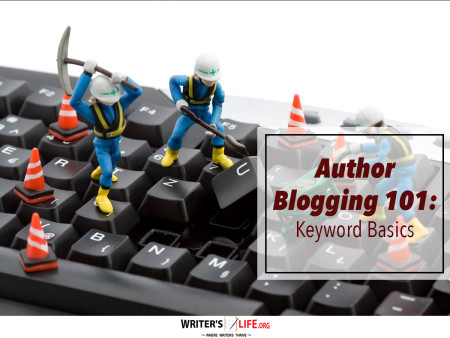- How To Tackle Jealousy In Creative Writing
- Common Submission Mistakes
- How To Stop Your Blog Becoming Boring
- The One Thing Every Successful Writer Has In Common
- How To Make Yourself Aware Of Publishing Scams
- Why Almost ALL Writers Make These Grammar Mistakes At Some Point
- 5 Tips For Authors On How To Deal With Rejection
- Top Mistakes to Avoid When Writing a Novel
- How to Avoid Common New Writer Mistakes
- 10 Mistakes New Fiction Writers Make
How to Use Internal Linking to Drive Long-Term Book Sales

Internal Linking for Sales can be a powerful strategy in your author toolbox, transforming casual readers into devoted book buyers over time. In this post, we'll explore how leveraging the right internal linking strategies can not only enhance sales for your current books but also establish a long-lasting connection with your audience.
Understanding Linking Strategies for Books
Internal linking isn't just a web geek's playground; it's a critical component of online success for authors. Think of internal links like the hidden threads in a quilt—each one is important for keeping the entire piece intact. So, when you use internal linking strategies for books, you're weaving a seamless experience for your readers, guiding them from your latest blog post to your book page effortlessly.
By strategically placing internal links throughout your website content, you're creating a roadmap that helps readers explore more of your work. This approach not only keeps them engaged but also subtly nudges them toward purchasing your books. It's an art form—more ballet than breakdance—requiring precision and creativity.
Wondering how to get started? Begin by analyzing your existing website structure. Identify where internal links naturally fit, such as within blog posts or alongside book-related content. The goal is to create intuitive pathways that encourage exploration and, ultimately, convert interest into book sales.
The Role of Internal Links in Boosting Sales
Internal links to boost sales function like silent salespeople on your site. They point readers toward relevant content that might pique their interest, gradually warming them up for a purchase. For example, if a visitor lands on a blog post about character development, an internal link could guide them to a page about your newly released novel featuring a well-crafted cast of characters.
According to Wikipedia, internal linking improves site navigation, distributes page authority, and boosts the ranking potential of pages you want customers to notice. So, this isn't just a tactic—it's a smart, strategic maneuver in your marketing playbook.
However, it's crucial to ensure your links are relevant and add value. You wouldn't want to link a page about mystery novels to a romance story without context, right? The synergy needs to make sense for it to be effective, thereby enhancing potential book sales with internal links.
Advanced Internal Linking Tips to Enhance Sales
When it comes to advanced internal linking tips, it's all about sophistication and subtlety. The process should feel organic to the reader and never forced. One foolproof method is content clustering—grouping related articles and pages to form a clear thematic connection. This tactic is like inviting guests to the garden path rather than the front door, offering a more scenic route that holds their interest longer.
Another strategy is to use anchor text effectively. Avoid generic phrases like "click here" and instead use descriptive text that gives a hint about the linked content. This not only fosters curiosity but also improves SEO, driving more qualified traffic to your book pages.
Want to promote your book after it’s published? Check out our Book Marketing Articles. These resources can help you refine your internal link tactics for authors, offering insights that are both practical and actionable.
Book Marketing with Linking Methods for Long-Term Gains
Book marketing with linking methods revolves around the principle of consistency and patience. You can't expect overnight successes, but with a steady application of internal link best practices for authors, you'll likely see increases in reader engagement over time. Think of it like planting seeds—you might not see immediate blooms, but give it time, and your garden will flourish.
One effective method is creating a compendium of your work. This could be a dedicated section on your website that organizes your book series or standalone novels, each link enriched with captivating descriptions and compelling CTAs. Such cohesive linking methods for book sales not only captivate regular readers but entice new visitors to stay longer and explore.
Ultimately, drive sales via internal links by maintaining a robust network of them across your website, ensuring each one serves a purpose and contributes to the bigger picture of your brand as an author. The more you can make your site an immersive experience, the higher the chances of converting interest into sales.
Frequently Asked Questions About Internal Linking for Sales
Q: How can internal linking directly influence book sales?
A: By guiding readers seamlessly through related content and toward your book pages, internal linking subtly encourages purchase decisions over time.
Q: Are there any drawbacks to adding too many internal links?
A: Yes, too many links can overwhelm readers and dilute the focus. It's essential to keep the user experience smooth and only link where it adds value.
Q: What's a simple way to start improving my internal links for book sales?
A: Begin by reviewing your existing content for natural linking opportunities, such as mentioning your books in relevant blog posts.
If you're serious about growing your author career, don't miss out on these free tools and templates built specifically for writers. Access all 7 free resources here.



























